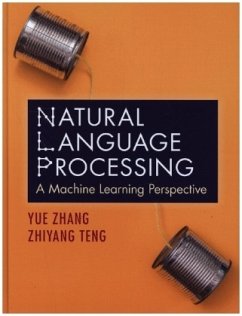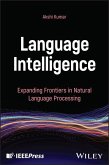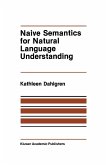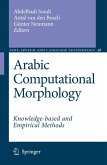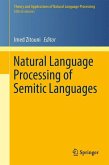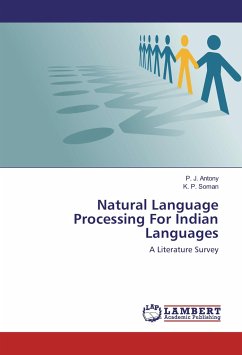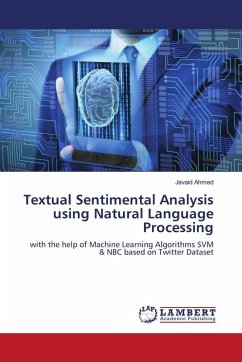With a machine learning approach and less focus on linguistic details, this natural language processing textbook introduces the fundamental mathematical and deep learning models for NLP in a unified framework. An invaluable, accessible and up-to-date tool for the upper undergraduate and graduate student, with sample code available online.
'An amazingly compact, and at the same time comprehensive, introduction and reference to natural language processing (NLP). It describes the NLP basics, then employs this knowledge to solve typical NLP problems. It achieves very high coverage of NLP through a clever abstraction to typical high-level tasks, such as sequence labelling. Finally, it explains the topics in deep learning. The book captivates through its simple elegance, depth, and accessibility to a wide range of readers from undergrads to experienced researchers.' Iryna Gurevych, Technical University of Darmstadt, Germany

